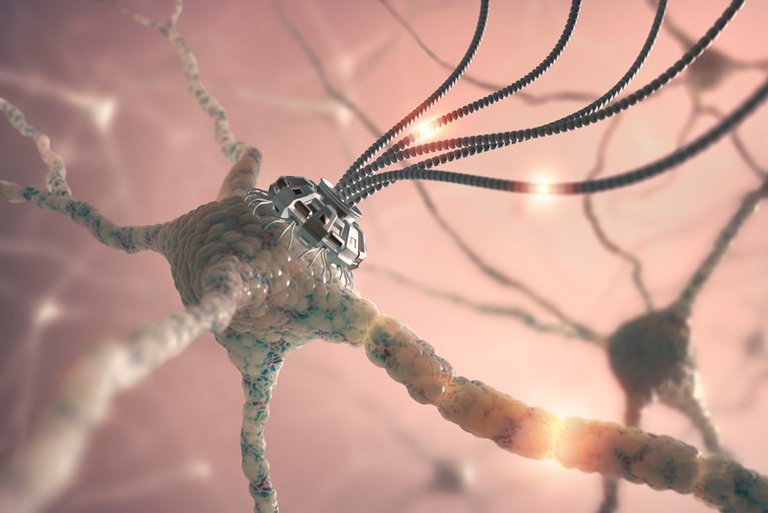
The IBM research center in Zurich, Switzerland, has created the first artificial neurons.
Robotic small cells have a neuronal membrane around a core, and an input device and one output, which allows them to interact with other neurons emulating the operation of a biological brain.
The core is made of a material used in the manufacture of optical discs, germanium-antimony-tellurium (GST) that alternates between crystalline and amorphous phases by heat. The crystalline phase is conductive and the amorphous functions as electrical insulator. This makes nanotechnological neurons behave similarly to the organic emitting electrical pulses in unpredictable temporal patterns.
The discovery could change the history of computing, facilitating the creation of supercomputers capable of processing information intelligently unusual speeds. Scientists at the IBM lab currently have 500 artificial neurons with these characteristics, and are developing a complex software that allows implementation.